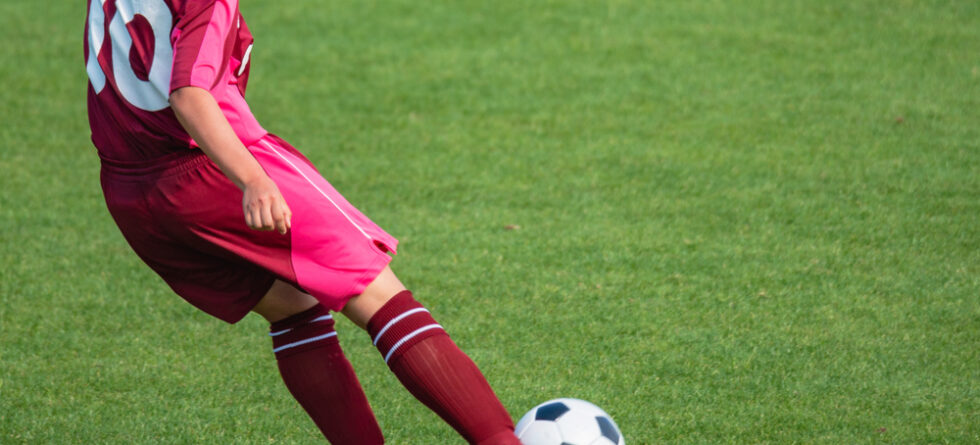Muscular endurance in soccer refers to the ability of a player’s muscles to sustain repeated contractions over an extended period of time during a match. It is a crucial component of physical fitness for soccer players, as the sport requires continuous movement, running, jumping, and changes in direction throughout the game.
In soccer, muscular endurance primarily involves the muscles of the lower body, including the quadriceps, hamstrings, calves, and glutes, as well as the core muscles that stabilize the trunk and pelvis. These muscles are responsible for activities such as sprinting, kicking, jumping, and maintaining balance and stability while running and changing direction on the field.
Muscular endurance training for soccer typically involves exercises and drills that target these muscle groups and mimic the demands of the sport.
This may include activities such as…
- Running drills – Long-distance running, interval training, and shuttle runs help improve cardiovascular endurance and muscular endurance in the legs.
- Strength training – Resistance exercises like squats, lunges, deadlifts, and calf raises help build muscular strength and endurance in the lower body.
- Plyometrics – Jumping exercises such as box jumps, bounds, and hurdle hops help develop explosive power and muscular endurance in the legs.
- Core exercises – Planks, Russian twists, and stability ball exercises strengthen the muscles of the core, which are essential for maintaining balance and stability during soccer movements.
- Circuit training – Circuit workouts that combine strength exercises with cardiovascular activities provide a comprehensive workout that improves overall fitness and muscular endurance.
Improving muscular endurance in soccer not only helps players maintain a high level of performance throughout the game but also reduces the risk of fatigue-related injuries and improves recovery between matches. Training for muscular endurance should be integrated into a player’s overall fitness regimen to optimize their physical capabilities on the field.




